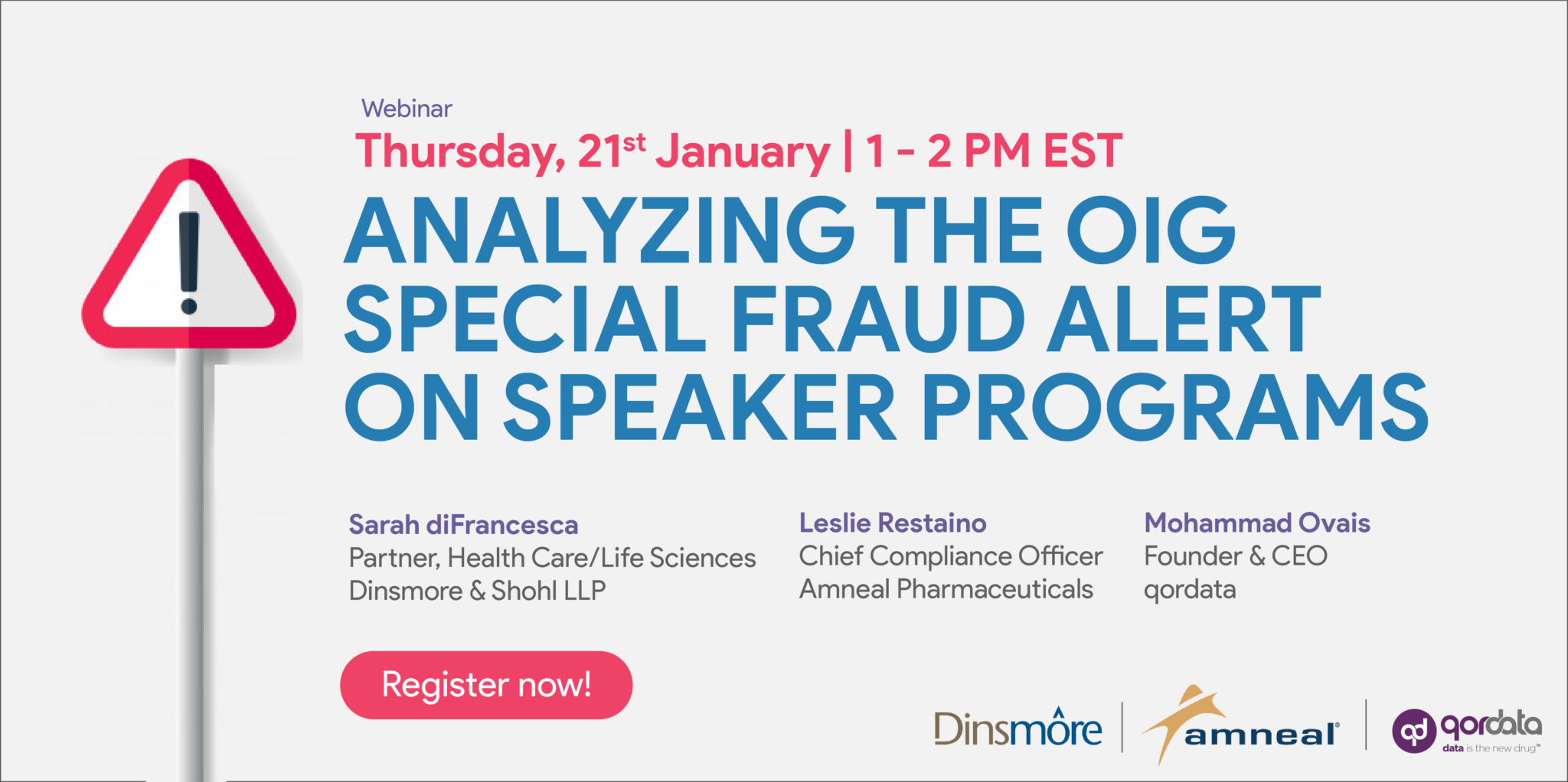Table of Contents
ToggleSince 2013, Federal regulators have stepped up scrutiny of the relationships between pharmaceutical manufacturers and healthcare providers. Considering the potential fines that are in place, this isn’t a time when companies can sit back complacently.
Instead, they must dedicate this time to verifying the accuracy of their data and reporting systems so they can identify potential problems and be ready to address them.
Off-label promotions and spending have long been cause for concern for the authorities. The thing with off-label pharmaceutical marketing is that it can impact the quality of care negatively.
Such promotions and prescriptions lead to Medicaid being billed for pharmaceuticals that have not been approved by the FDA for the purposes that they are being promoted for. It is for this reason that the United States Department of Justice and the States’ attorneys general have made unlawful off-label drug promotion the subject of significant healthcare fraud enforcement efforts under the Federal False Claims Act (FCA).
Why are off-label promotions such a cause for concern?
The promotion of off-label uses that are not medically accepted is illegal for the simple reason that the manufacturers who indulge in such activities make pharmacies claim Medicaid payment for drugs used in ways that are not covered by Medicaid. This leads to Medicaid funds being wasted on ineffective treatments in most cases.
The efforts initiated by the DOJ and State enforcement have led to the identification of several deceptive practices initiated by pharmaceutical manufacturers. With these initiatives, manufacturers continue to promote off-label uses of many prescription drugs. In the long run, practices such as these have resulted in large monetary settlements under the FCA.
How can transparency data help identify off-label spending?
Transparency data that is made public by the CMS is like a treasure trove for investigators. Going through the said data provides them with the ability to identify anomalies that may signal off-label spending and anti-kickback violations.
One of the first clues that a physician might be getting paid for off-label promotions and prescriptions is that the transaction data reported by a manufacturing company shows payments that are made against a drug that is to be used outside his specialty.
What this means is that the physician, for instance, specializes in dentistry, but has been made a payment against a drug that has been approved by the FDA for usage outside his specialty – anomalies such as these can lead to investigations pertaining to not just off-label spending, but kickbacks and anti-kickback violations as well.
Public access to transparency data can surely help in the identification of patterns that may signal off-label spending. For example, the case of Insys Therapeutics indulging in off-label promotions came into light when reporters and investigators stumbled upon payments to physicians associated with a painkiller that was approved by the FDA only for cancer patients.
Similarly, using this information as a starting point can assist in identifying the top recipients of payments from a certain manufacturer. Once that is done, the stats can be compared with data available on ProPublica or can be acquired from IMS Health, which will help learn how many times a particular drug was prescribed by a certain physician.



